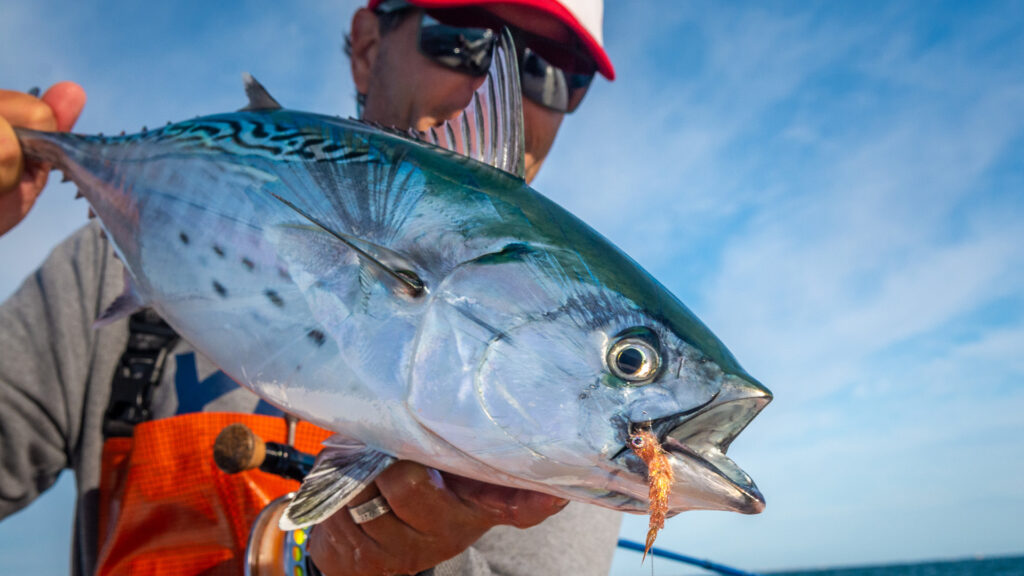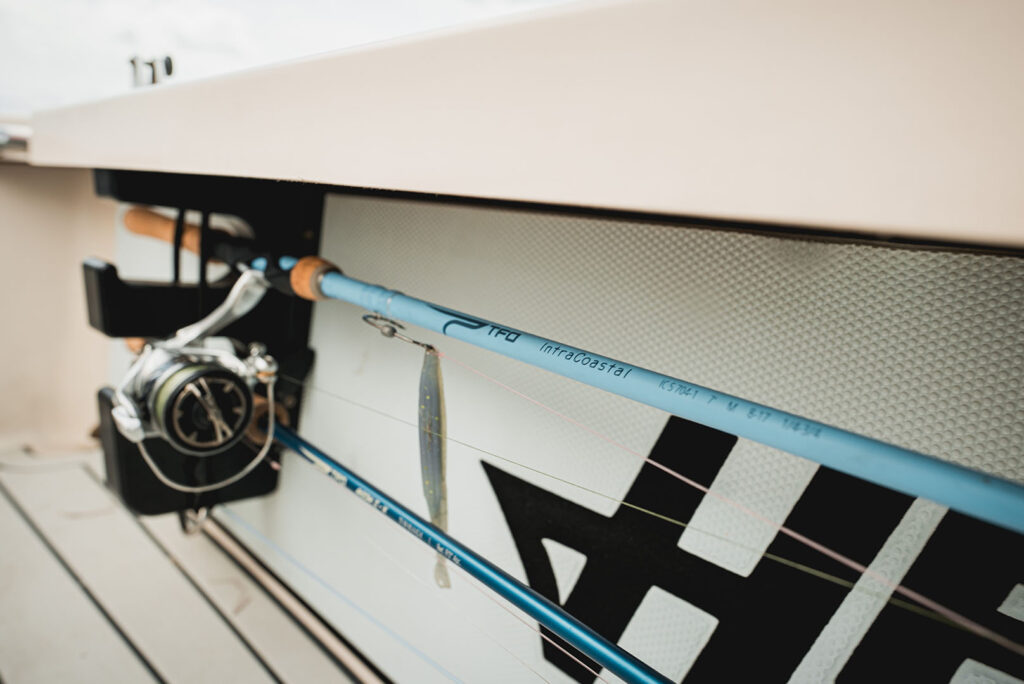Spring fishing can mean many things for a bass angler. In the south and southeastern regions, early May might be considered late spring with early summer slowly approaching. However, for anglers in the upper midwest regions, ice outs have only just begun, and spring fishing is really only getting started.
Tactics for bass during this dynamic varies greatly from one lake to another, but if you know where to look and what to look for, as well as a variety of appropriate baits and rods to pair them up with, you should find success.
Water Temps / Finding The Forage
When water temps reach that magical 60 to 62 degree temperature, bass are triggered to move in shallow water and begin their spawn. Within the next month, forage fish will begin their spawn as well. Forage fish meaning bluegill, sunfish, as well as shad.
Shad typically begin their spawn around the 68-72 degree water temperature. As the shad and forage fish are spawning in the shallows, you’ll most likely find post-spawn bass feeding before they head to their deeper summer holding spots.

Location
During late spring/early summer when some of the bass have left the bank and their shallow spawning areas, you’re still likely to find some fish shallow and on hard spots off the bank, grass lines, etc. You’ll also still have some fish guarding their fry.
Look for hard, shallow structure points like boat docks, bluff banks, shoreline grass, submerged grass that is close to the surface. Hard surfaces like docks and floating dock walkways are perfect for shad to spawn against. If you’re fishing a body of water with a lot of boat docks on it, these are magnets for the shad and are a great place to find fish.
Taking a 7’1 ML Resolve Spinning (RB S 713-1) and skipping a soft plastic jerk bait or swimbait under these areas can be deadly.
Baits & Presentation
When bass are still in their spawning stages you’ll want to focus on slower presentations as they typically aren’t in the mood to travel long distances. Soft plastics usually produce good results in this scenario.
As the water temps warm up and the transition to summer approaches, reaction baits that you can cover more water with come back into play. Swimjigs, blade jigs, spinner baits, crankbaits – pretty much anything that represents spawning forage fish will work well.
Color really depends on what matches the body of the water you’re fishing and the scenario/conditions for what you are fishing. If I’m fishing a body of water this time of year where I feel like the fish are really focused on shad, I’m going to lean more towards baits that represent that well – shad colored crankbaits or topwater baits. I may use a more solid/bright white color if it’s overcast. If you have a clear blue sky day, I may switch to something that is more of a transparent color.

The Gear
For throwing hard baits – crankbaits or smaller topwater baits, I’m throwing those on the 7’1” M+ Resolve Bass (RB C 714-1).
The 7’3” MH and 7’2” Heavy Resolve Bass are great for throwing bladed jigs and spinner baits.
One of my favorite ways to catch largemouth in the spring is targeting bream and bluegill beds with a frog and a swimjig. For this tactic, I like to use the 7’4” Heavy Resolve Bass RB C 746-1.

Conclusion
Spring is an extremely diverse season that looks totally different from one body of water to another. Food is king for all fisheries, so once you can find out where the bait is, the fish will follow.
When seeking out shad spawn locations, remember to look for hard, shallow structure points like boat docks, bluff banks, shoreline grass, submerged grass that is close to the surface.
This is the time of year where getting up at the crack of daylight will give you a huge advantage. Shad spawns typically happen at night and the first few hours of morning, and then it will stop. The rest of the day can be a grind. Capitalizing on that early morning activity is crucial. Get out there and catch some fish!
Blog written by TFO Advisor Cliff Pace.
![]()






